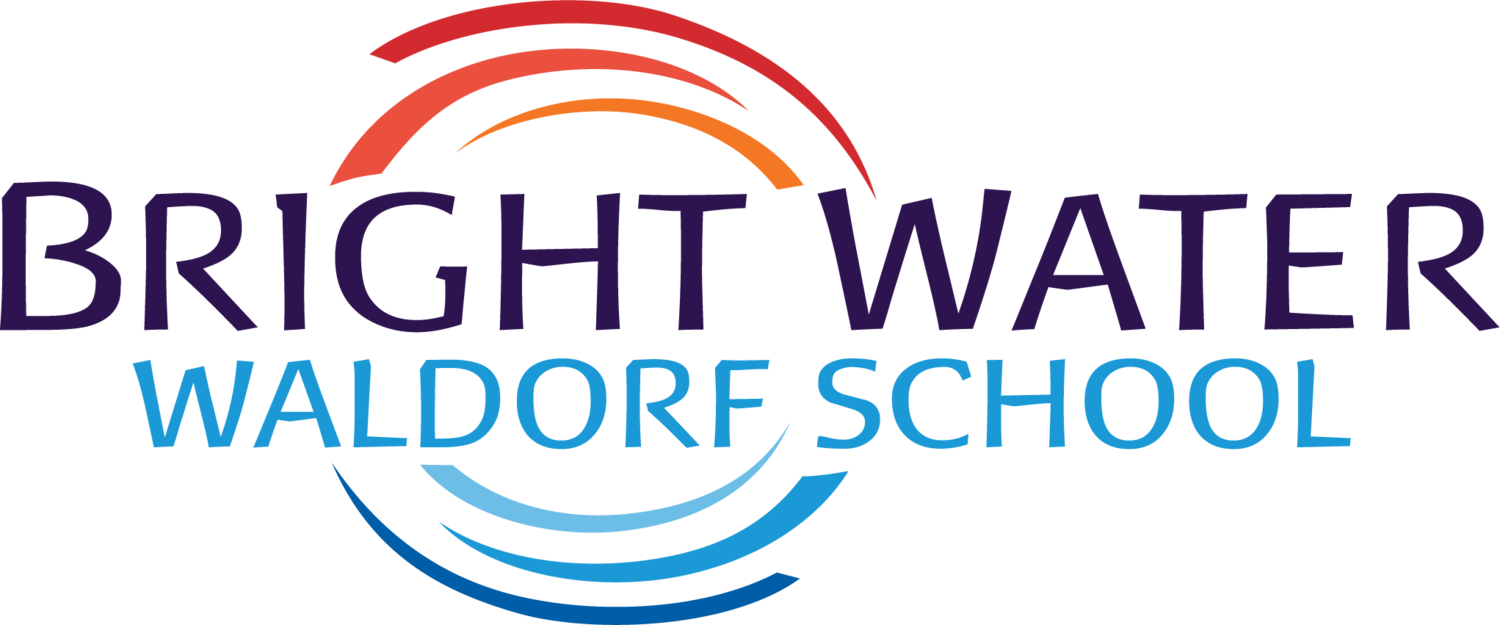Grade Four
Grade four Learning Objectives
MORNING LESSON SKILLS
Developing classroom rhythm and habits, listening and communicating constructively in and through Class Council, confidence and positive self-image building, developing a sense discernment, continuing to build executive functioning skills
LANGUAGE ARTS
Grammar, punctuation, spelling, letter format, reading, oral recitation, poetry, drama
LITERATURE
Norse Mythology, various Native American stories
MATHEMATICS
Fractions, long division and multiplication, measurement, computation and problem solving, estimation
SCIENCES
Zoology, local geography and its history, ethnobotany
World LANGUAGE
Japanese (songs, dances and games, poetry and stories, days, months, seasons, telling time, writing, and reading)
HANDWORK
Fine hand sewing, embroidery, cross stitch—including unique design and color work
MUSIC
Singing in rounds, reading music, learning a string instrument (cello, violin, viola), and playing the recorder
movement
Cooperative games, team skills
FORM DRAWING
Braided forms, and other complicated form drawing
ARTS
Beeswax and clay modeling, painting, and drawing
Fourth graders, emerging confidently from the "nine-year change," are curious and eager to explore. The Norse sagas, with their bold and adventurous characters, resonate deeply with their growing independence. Grammar takes center stage, taught through stories of the “Three Norns” from Norse mythology, which represent past, present, and future tenses.
In math, students review basic operations, place value, long division, and multiplication, then focus on fractions—exploring the concept of dividing things into smaller parts.
Zoology becomes a key focus as students study animal forms and how they relate to human anatomy. Field trips to the Woodland Park Zoo and possibly the Seattle Aquarium enhance this learning. Students create clay or beeswax models of animals and complete their first research project on an animal of their choice.
Fourth graders study the history and geography of Seattle and Washington State, expanding their perspective from local surroundings to the state’s boundaries. Map skills, cultural studies, and historical stories deepen their connection to the land. Highlights include field trips and participation in the Whidbey Island Waldorf School Cultural Share, learning from Indigenous tribal elders.
Students begin written Japanese and start learning a stringed instrument, choosing violin, viola, or cello. Homework becomes a regular part of their routine, focusing on Language Arts, Math, and instrument practice.
Subject Classes
Japanese
In fourth grade, students develop greater self-awareness and independence, shifting from group-oriented to individual behavior. They take more ownership of learning Japanese, engaging in conversation, songs, poetry, games, and cultural stories while beginning to explore simple grammar, sentence structures, and verb and adjective usage. Reading, writing, and reinforcing main lesson topics are incorporated into language learning.
Handwork
Students explore cross-stitch in Handwork, focusing on symmetrical designs that challenge precision and foster their growing individuality. They learn three types of cross-stitches, emphasizing attention to detail and foundational skills needed for middle school.
Movement
Fourth graders develop a sense of self and space in Movement, exploring concepts like weak and strong or safe and dangerous through play. Social and moral awareness deepens, with games and activities emphasizing spatial dimensions and cooperation. The year culminates in a circus performance, blending imagination and physical skills.
Music – Strings
In music, students begin learning violin, viola, or cello, practicing regularly to build muscle memory. Starting with posture, bowing, and simple rhythms, they gradually progress to finger placement and music reading. Repertoire includes Suzuki pieces and songs from other lessons, with opportunities for performances.
Environmental Education
Environmental education focuses on the local bioregion and watershed, including tending salmon eggs and releasing them into the Cedar River. Zoology and local history studies deepen understanding of the environment and animal kingdom.
Curriculum Trips
Field trips enrich the curriculum, including visits to the Hibulb Cultural Museum, Burke Museum, Alki Beach, and Seattle Underground. At the Whidbey Island Waldorf School Cultural Share, students learn from Coast Salish elders about crafts, songs, games, and salmon ceremonies, deepening their connection to local culture and history.
















